| TALES OF HEATH & POND |
VISITOR'S GUEST BOOK | HISTORY OF THE HEATH & POND | GUESTS' PHOTOGRAPHS | SOURCES OF INFORMATION | VIDEOS | SITE MAP |
Great Crested Grebe
To see a larger copy of each image click on it; to see the next large image click at the right of the image, to go back click on the left of the image. To close a large image click on the cross in the top right hand corner.
New photographs are usually added to the bottom of the page - click to go to the bottom of this page
2020 |
||
 |
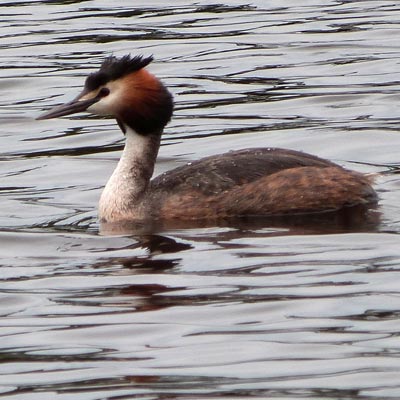 |
|
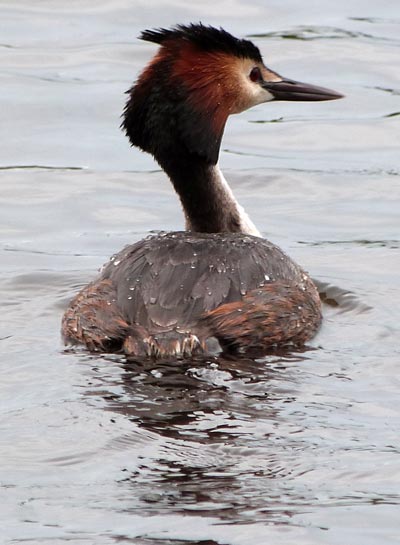 |

The Great Crested Grebe is something of a conservation success story. Up until about 1850 the species was distributed across much of central and eastern England but the latter half of the 19th Century saw the breeding population reduced to as few as 32 pairs. The reason for this dramatic change in fortunes was the Great Exhibition, at which the furriers Robert Clarke & Sons exhibited the pelts of four birds in full breeding plumage. This led to the development of a trade in which the pelts were used as a substitute for animal furs in boas and muffs; the feathers were also used in the millinery trade. Successful campaigns against these trades led to a succession of bird protection acts that ultimately saw the population recover. While a grebe in full breeding plumage is fairly easy to identify, identification of birds in their winter plumage can be more difficult. Adapted for an aquatic lifestyle, Great Crested Grebes struggle to get airborne and require a long run-up, something that sees them avoid our smaller lakes and ponds. Yet, when on the water, they are graceful-looking birds, whose ornate plumage and stunning courtship displays make them a firm favourite with birdwatchers. Great Crested Grebes are capable of substantial migratory movements, which see individuals from elsewhere in Europe arrive to winter around our shores. |
|
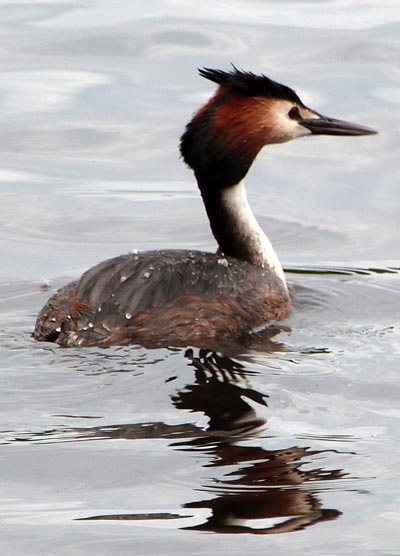 |
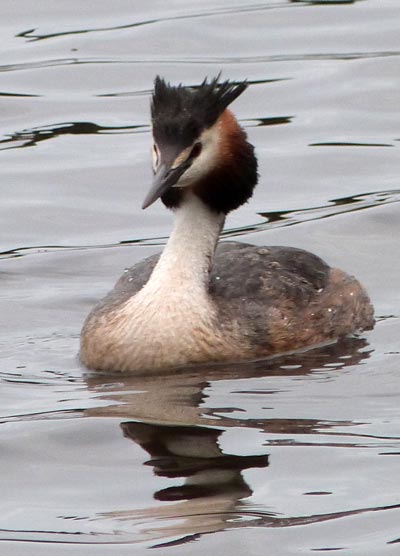 |
|
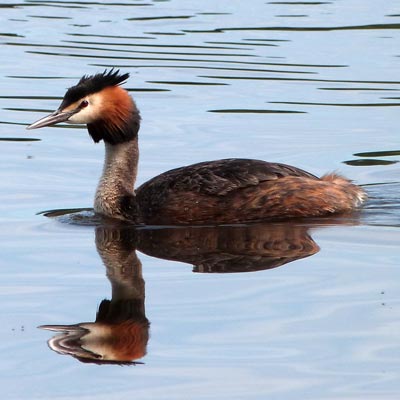 |
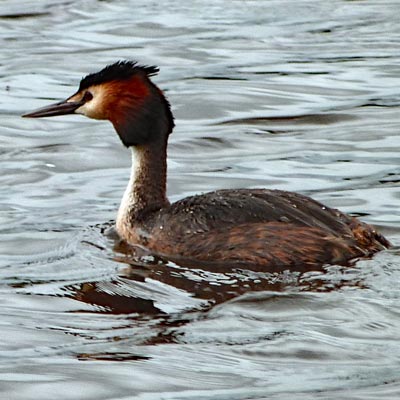 |
|
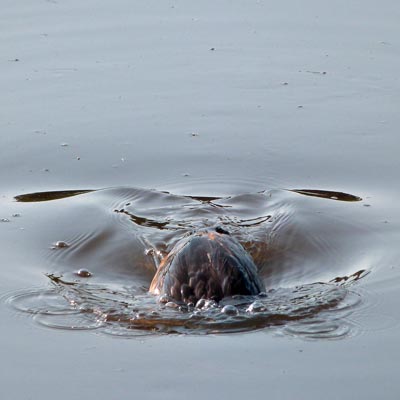 |
 |
|
| Dive! Dive! Dive! | ||
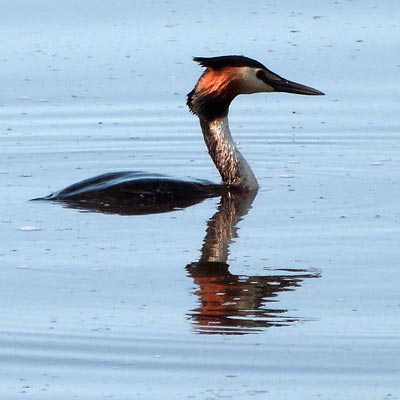 |
It allowed us to get up close - and take lots of photographs - before it walked, very unsteadily to the pond where it swam away. Re-reading my notes above, it does suggest that they are adapted to an aquatic life style, so perhaps this might explain its awkwardness on land Later, we saw it on another sand bank across the pond. If anyone has any information on this, please let me know. |
|
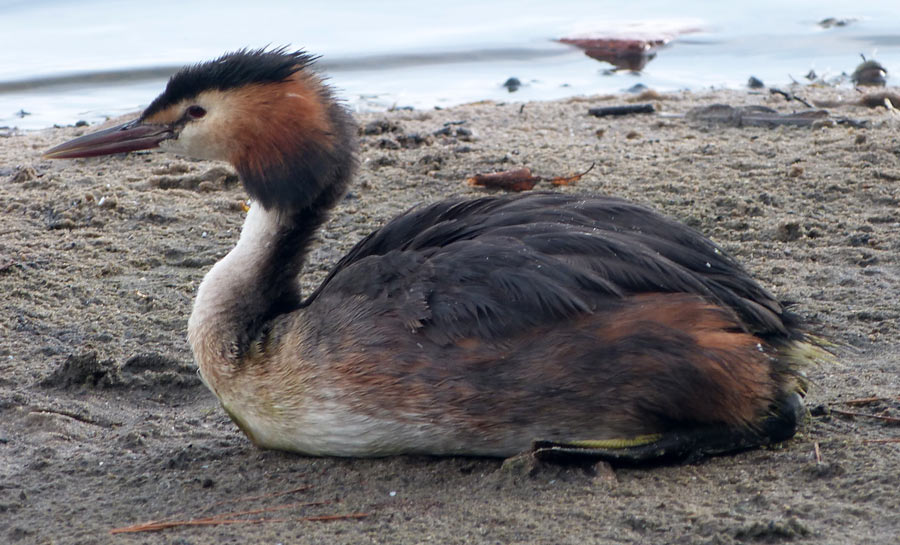 |
||
|
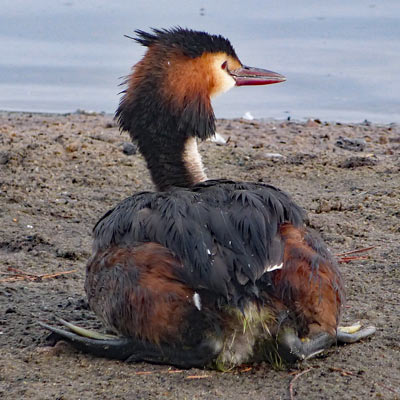 |
|
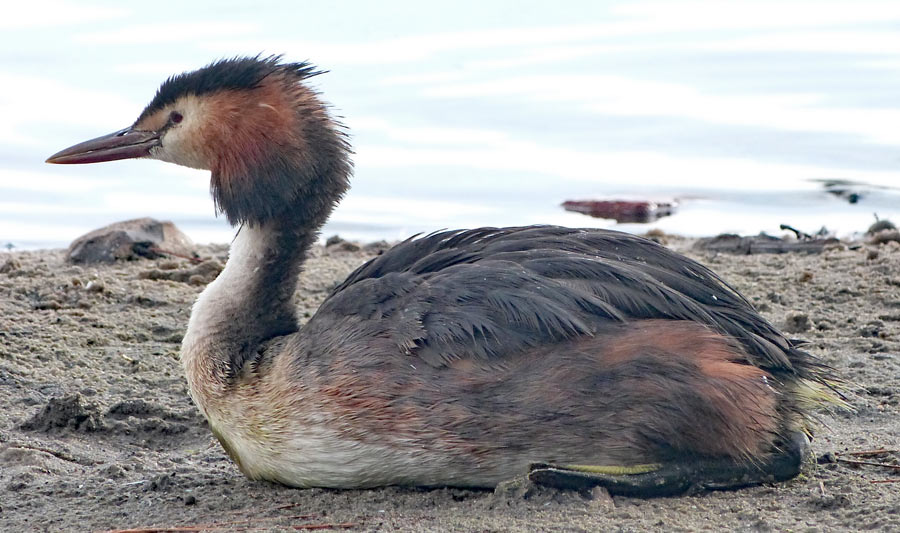 |
||
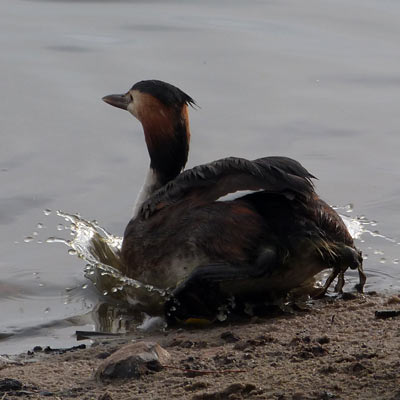 |
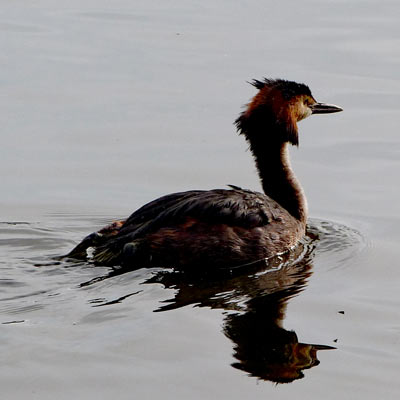 |
|
| Back in the water... | ... and away | |
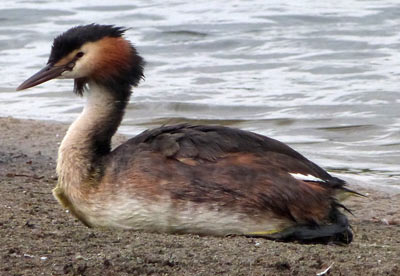 |
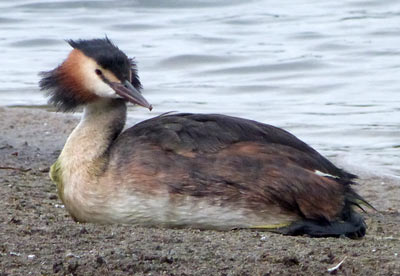 |
|
The next day we saw him again on an island - he looked quite alert and didn't enter the water. Note the splayed-out legs - though this could be normal. |
|
|
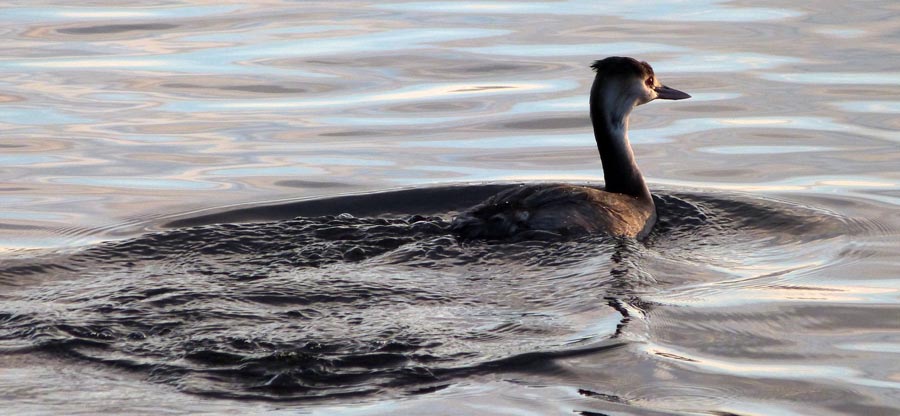 |
||
| December 2020: we spot another Grebe, not the one above who looked so distressed | ||
2021 |
||
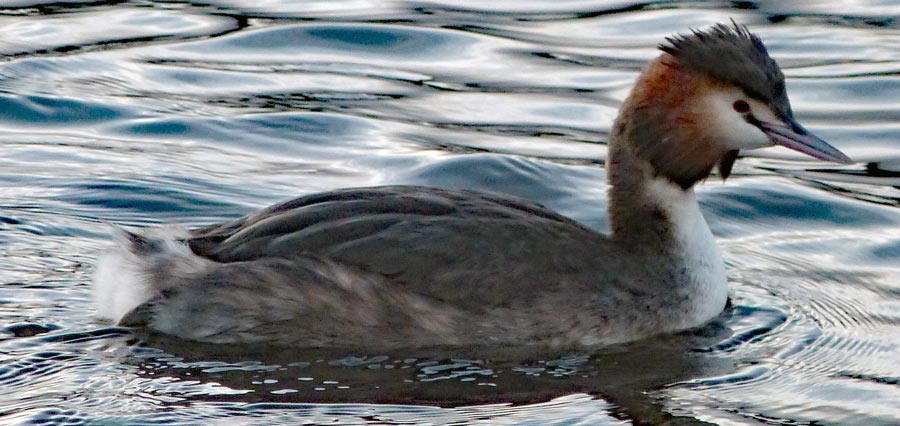 |
||
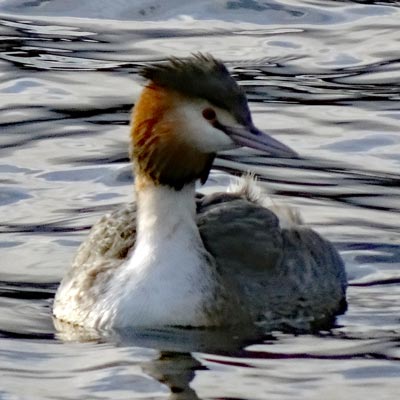 |
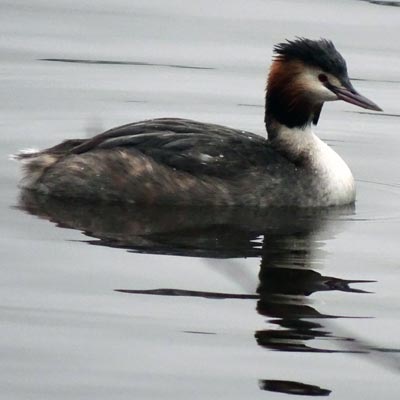 |
|
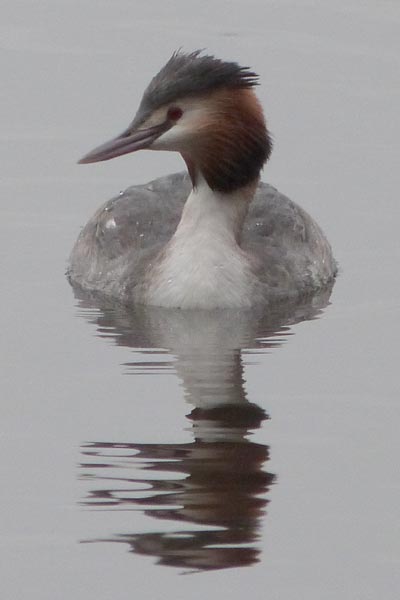 |
||
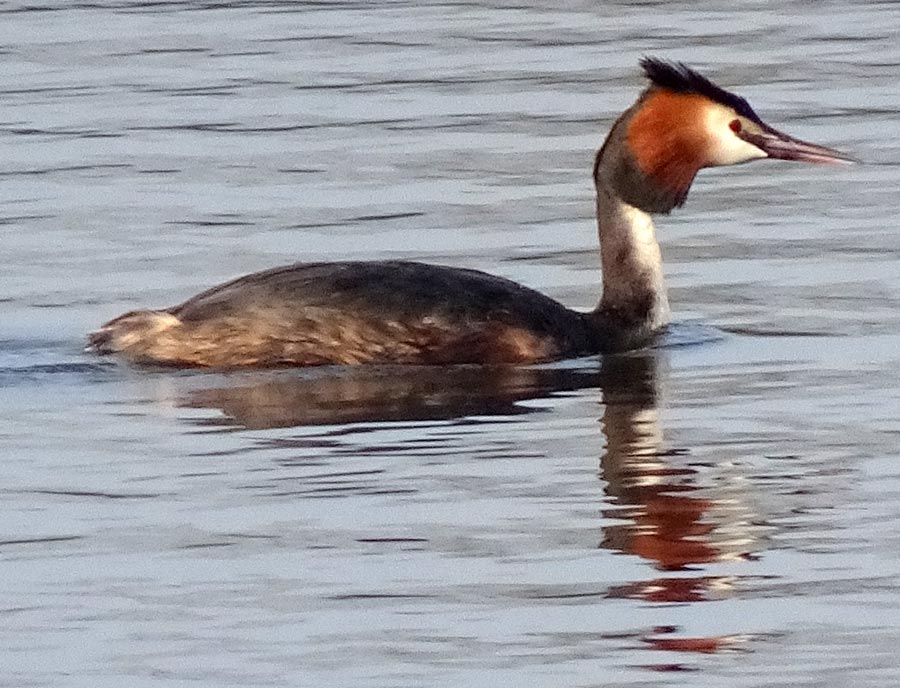 |
||
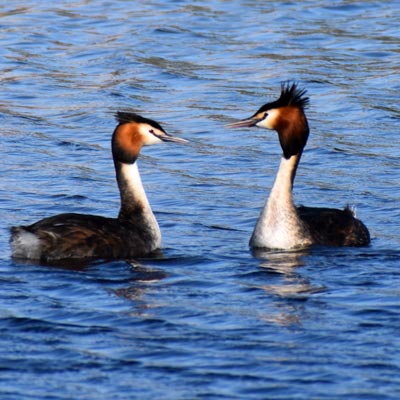 |
 |
|
 |
 |
|
| Go to the top of this page | ||

